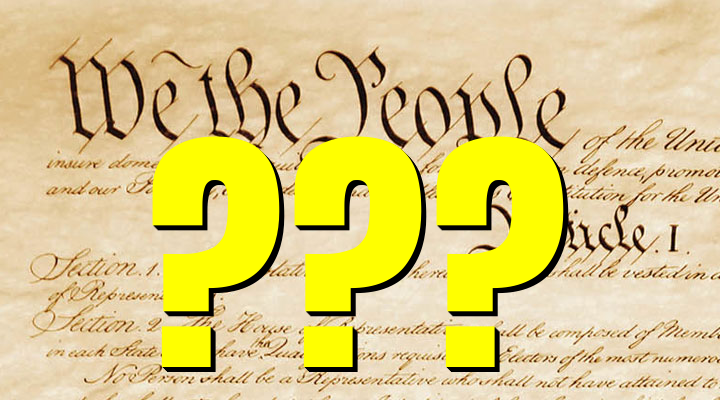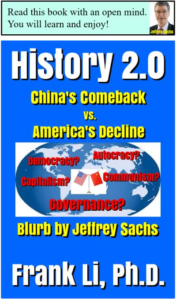The U.S. Constitution was well written initially (in 1787 or 1789), but it is obsolete at least, just like the Declaration of Independence (What is “Declaration of Independence”, anyway?).
After the American Revolution concluded in 1783, America was governed under the Articles of Confederation, which did not work out well. As a result, the first Constitutional Convention was held in 1787, resulting in the birth of the original U.S. Constitution.
1. The original U.S. Constitution – the document?
It consists of two parts as follows:
- The United States Constitution: It contains a preamble, seven articles, and signatories, totaling 4,543 words.
- The Bill of Rights: It refers to Amendments 1 to 10.
Let me elaborate on each …
1.1 The U.S. Constitution
Below is the preamble.
We the People of the United States, in Order to form a more perfect Union, establish Justice, insure domestic Tranquility, provide for the common defence, promote the general Welfare, and secure the Blessings of Liberty to ourselves and our Posterity, do ordain and establish this Constitution for the United States of America.
Three highlights for the rest of the U.S. Constitution:
- Article 1 – The Legislative Branch. It is the most important branch of the government, ahead of the other two (i.e., Executive and Judicial).
- Article 4 – The States. The Federal government is limited, with the states maintaining many rights, including that of the elections.
- Article 5 – Amendments. The Constitution is a living document, subject to change over time via amendments.
1.2 The Bill of Rights
Read Wikipedia – United States Bill of Rights.
2. The U.S. Constitution – the essence?
It is multi-faceted with the good, the bad, and the ugly.
Let me elaborate on each …
2.1 The good
Two examples:
- The Founding Fathers compromised a lot (e.g., slavery) to form the republic.
- One thing they did not compromise: democracy. The word “democracy” is not in the U.S. Constitution!
2.2 The bad
Two examples:
- The biggest falsehood in the Declaration of Independence (i.e., “All men are created equal”) found its way to the U.S. Constitution as “We the People”. This refers to everybody, except for the minorities, women, and even white men without [enough] property.
- The continuation of slavery is totally contradictory to “We the People” and “All men are created equal”. For example, Article 4 Section 2 (shown below) looks innocent enough. It is like an extradition law among states, but it was most effectively used to support slavery at that time. Need I mention the Three-fifths Compromise?
A Person charged in any State with Treason, Felony, or other Crime, who shall flee from Justice, and be found in another State, shall on demand of the executive Authority of the State from which he fled, be delivered up, to be removed to the State having Jurisdiction of the Crime.
2.3 The ugly
The Constitution was written by/of/for the rich, continuing along the same path as the American Revolution. Two examples:
- Property rights were emphasized, which was great for the rich. Unfortunately, it also meant that only 6% of the American population was eligible to vote in 1789, when George Washington was elected the first President (U.S. voting rights timeline).
- The rich wanted a limited government, which would not only leave them alone to become richer (e.g., without paying taxes), but also support them with slavery (i.e., socialism supporting capitalism with free labor) and colonialism (e.g., territorial expansions). They got it, as shown by the image below.
The ugliness has profound implications to date: America not only remains by/of/for the rich, but also has evolved from practically governance-less to ungovernable.
3. Discussion
The U.S. Constitution, including the Bill of Rights, is a well-written document, especially for its time. For example, freedom of speech (in Amendment 1) should forever be cherished as a universal human right. On the other hand, the Second Amendment is becoming increasingly questionable. For more, read History 2.0 – China’s Comeback vs. America’s Decline.
4. Closing
Few things are good forever, including the U.S. Constitution …
Now, please sit back and enjoy the video below.




